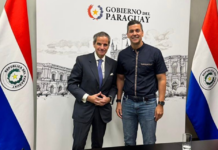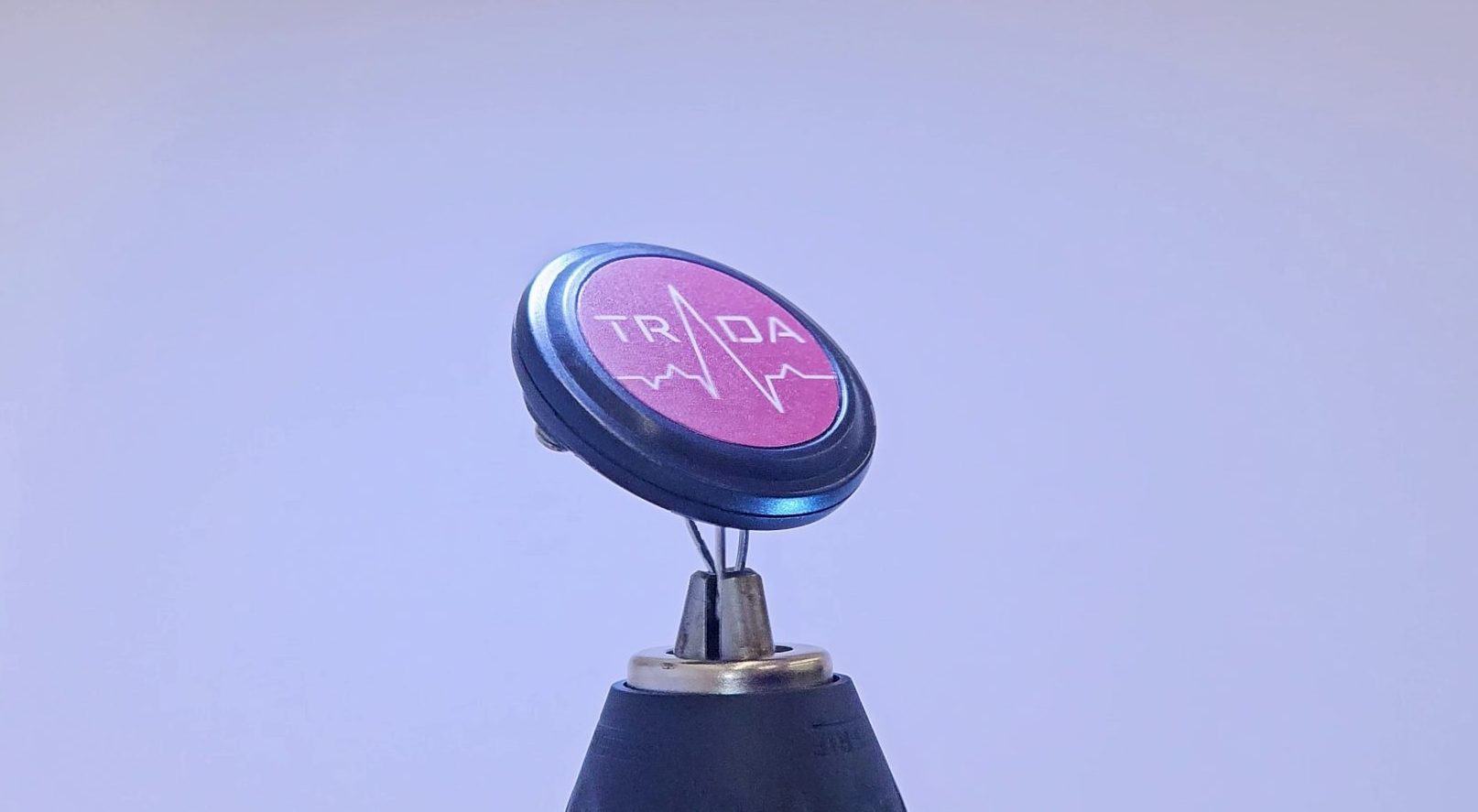Revolutionizing Heart Health Monitoring: Lenovo’s AI-Driven Wearable Device
In an era where technology increasingly intertwines with healthcare, Lenovo has unveiled a groundbreaking innovation that could transform how we monitor heart health. In collaboration with the Instituto do Coração (InCor) at the Hospital das Clínicas da Faculdade de Medicina da Universidade de São Paulo, Lenovo has launched TRAdA, an advanced platform designed to identify arrhythmia events using artificial intelligence (AI) within a wearable Internet of Things (IoT) device. This development holds promise for real-time heart monitoring, potentially saving countless lives.
In Brazil alone, over 20 million individuals are affected by some type of cardiac arrhythmia, a condition that contributes to more than 320,000 sudden deaths annually, according to the Sociedade Brasileira de Arritmias Cardíacas (SOBRAC). Given these staggering statistics, the need for effective monitoring and early intervention is critical. TRAdA addresses this need through a discreet, comfortable wearable device that continuously tracks heartbeats and the heart’s electrical signals. By employing sophisticated AI algorithms, the device can identify potential arrhythmia events as they occur. During telemonitoring, crucial alerts are sent to a designated monitoring panel, enabling healthcare professionals to swiftly assess the patient’s condition and take necessary action.
Technological Validation and Clinical Effectiveness
The TRAdA platform has undergone rigorous testing at InCor, involving three phases of clinical development with 253 participants. The results have demonstrated TRAdA’s capabilities as a comprehensive and innovative solution for remote patient monitoring. In the project’s third phase, a proof of concept was performed with 51 patients recovering from cardiovascular surgery. The goal was to detect arrhythmias as patients returned to their home environments. The results were promising, with TRAdA successfully identifying arrhythmia episodes and generating alerts that facilitated precise diagnosis and timely treatment.
The first 72 hours post-hospital discharge are crucial, as identified by Brazilian cardiac research, and pose a high risk of complications. Lenovo’s solution provides vital support during this period. Ricardo Bloj, President of Lenovo Brazil, stated, "We see an opportunity in a significant and untapped market in Brazil to introduce a more cost-effective and efficient arrhythmia risk management solution. We believe that this innovative approach will not only contribute to saving lives but also enhance healthcare resources by reducing costs and improving care quality."
Future Prospects and Expansion Plans
Lenovo is committed to scientific rigor, technological innovation, and a patient-centered approach. The company aims to revolutionize arrhythmia detection and treatment on a global scale, improving quality of life for millions. After successful market validation in Brazil, Lenovo plans to expand its solution to new markets across Latin America over the next two years, ensuring that the system is tailored to the specific demographics and regulatory landscapes of each region.
"Innovation in healthcare goes beyond new ideas, products, and solutions. It’s about integrating them into patient care and addressing current challenges, such as engaging patients in their treatment journey and remotely monitoring physiological parameters that detect potential arrhythmias. Early diagnosis allows for preventive and corrective actions, ultimately enhancing patient safety," commented Professor Fabio B. Jatene, Vice President of InCor and coordinator of InovaInCor, who leads the TRAdA project.
Real-Life Success Stories
The TRAdA project has already made a significant impact on individuals’ lives, as illustrated by several case studies:
Vitória – A 26-Year-Old Woman Without Prior Cardiovascular Disease
During the clinical Phase 2 of the TRAdA project, Vitória was monitored remotely for seven days. She reported experiencing a "palpitation" via a symptom reporting app. Upon reviewing the correlation between the electrocardiographic data on the platform and her symptom report, the clinical team conducted a teleconsultation. It was determined that she had supraventricular tachycardia, a condition that required an ablation procedure. One month after the procedure, she was symptom-free and had no further complaints.
Adão – A 56-Year-Old Man with Comorbidities
Following successful surgery to address mitral insufficiency, Adão participated in the TRAdA project and received home telemonitoring for 15 days. During this period, he reported palpitations through the study’s app. This led to a teleconsultation and subsequent referral to the hospital, where atrial fibrillation was confirmed. During his hospital stay, he was also diagnosed with pulmonary thromboembolism (PTE), a serious condition related to the detected arrhythmia. The telemonitoring allowed for rapid intervention, underscoring its importance in post-surgical care.
Vera Lúcia – A 64-Year-Old Woman with Prior Comorbidities
Vera Lúcia was hospitalized for cardiovascular surgery and experienced a cardiac arrest during the procedure, necessitating resuscitation. She also suffered from an atrioventricular block, requiring a temporary pacemaker. In the intensive care unit, she presented with atrial flutter, which was successfully corrected by cardioversion. After discharge, she was monitored at home for 15 days. An alert indicated an episode of atrial fibrillation, leading to a referral to InCor’s Emergency Room, where the diagnosis was confirmed and treated. Due to this event, her telemonitoring was extended for another 15 days, during which she reported significant improvement and no new complications.
Conclusion
The TRAdA platform represents a significant leap forward in heart health monitoring, harnessing the power of AI and wearable technology to provide real-time insights into cardiac health. By enabling early detection and intervention, this innovation has the potential to save lives and enhance the quality of care for millions of individuals worldwide. As Lenovo continues to expand this technology across Latin America and beyond, the future of arrhythmia management looks promising, with the potential to improve outcomes and reduce healthcare costs significantly.
For more information on this groundbreaking initiative, visit Lenovo’s official website.
For more Information, Refer to this article.


































